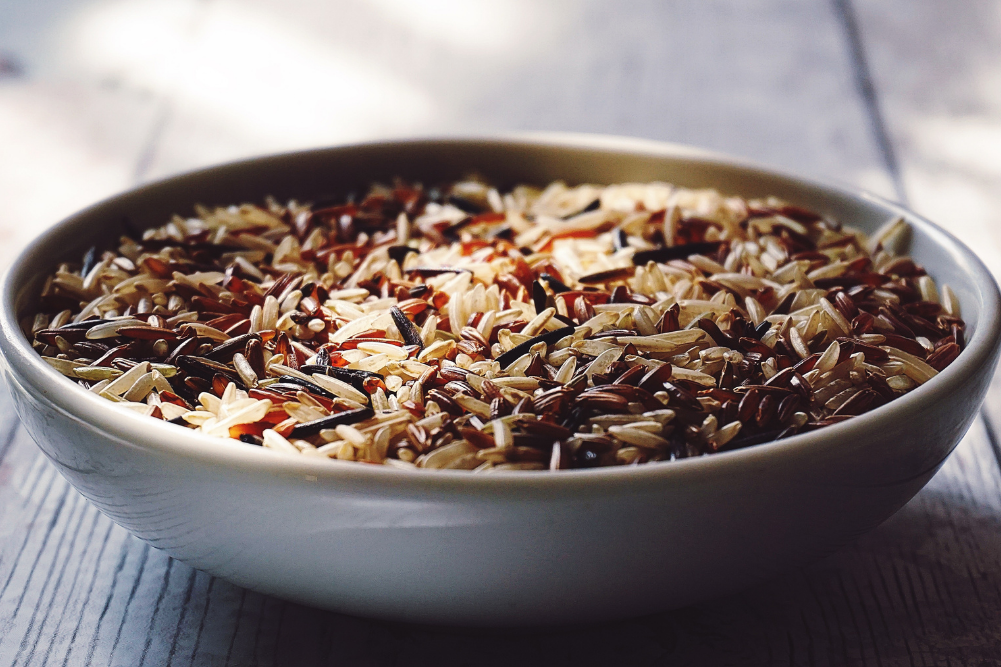Your cart is currently empty!

Cooking with Ancient Grains
•
The Forgotten Superfoods of the Past
Introduction: Rediscovering the Power of Ancient Grains
For centuries, civilizations around the world relied on ancient grains as a staple food source. These nutrient-rich grains, including quinoa, farro, amaranth, millet, and teff, offer superior health benefits compared to modern refined grains. Today, as more people seek whole food nutrition and natural superfoods, the benefits of cooking with ancient grains are being rediscovered.
Unlike processed grains, ancient grains are minimally altered, packed with fiber, and rich in essential vitamins and minerals. Incorporating them into your meals can enhance digestion, boost heart health, and support weight management. Let’s explore why cooking with ancient grains should be a part of your diet.
Top Superfoods to Add to Your Diet
The Health Benefits of Cooking with Ancient Grains
These forgotten superfoods provide more than just great taste—they are powerhouses of nutrition that support overall well-being.
1. Rich in Fiber for Better Digestion
- Supports gut health: Ancient grains contain high fiber content, which promotes a healthy digestive system.
- Aids in weight management: Fiber helps regulate appetite and prevent overeating.
- Reduces bloating: Whole grains improve gut motility and prevent digestive issues.
2. Packed with Essential Nutrients
- Iron and magnesium: Many ancient grains are loaded with these minerals, which support energy levels and muscle function.
- B vitamins: Help in metabolism, brain function, and stress reduction.
- Antioxidants: Protect against cellular damage and inflammation.
3. Supports Heart Health
- Lowers cholesterol: Whole grains help reduce LDL cholesterol levels, improving heart function.
- Regulates blood sugar: The slow-digesting nature of ancient grains prevents insulin spikes.
- Reduces inflammation: Polyphenols in ancient grains support cardiovascular health.
4. Gluten-Free Options for Sensitive Diets
- Safe for gluten intolerance: Grains like quinoa, amaranth, and millet are naturally gluten-free.
- Easier digestion: Whole grains contain fewer processed additives, reducing digestive stress.
- Suitable for plant-based diets: A great alternative for vegetarians and vegans looking for plant protein sources.
Best Ancient Grains to Add to Your Diet
If you’re new to cooking with ancient grains, start by experimenting with these versatile, nutrient-dense options.
1. Quinoa: The Complete Protein
- High in protein: Contains all nine essential amino acids.
- Versatile: Use it in salads, soups, and breakfast bowls.
- Quick cooking: Ready in 15 minutes, making it a convenient choice.
2. Farro: The Hearty Italian Grain
- Rich in fiber: Improves digestion and supports gut health.
- Nutty flavor: Perfect for risottos, soups, and grain bowls.
- Satisfying texture: Adds depth to any meal.
3. Amaranth: The Ancient Powerhouse
- Loaded with iron and calcium: Supports bone health and energy levels.
- Creamy texture: Works well in porridge, baking, and soups.
- Gluten-free: A great option for those with gluten intolerance.
4. Millet: The Forgotten Super Seed
- Rich in antioxidants: Helps combat oxidative stress.
- Mild taste: Can be used in pilafs, breakfast cereals, or baking.
- Low glycemic index: Supports blood sugar control.
5. Teff: The Ethiopian Superfood
- High in protein and iron: Supports muscle health and endurance.
- Naturally gluten-free: A great alternative for wheat-sensitive individuals.
- Used in Injera: The staple flatbread of Ethiopian cuisine.
How to Cook with Ancient Grains for Maximum Flavor
To get the best results when cooking with ancient grains, follow these expert tips.
1. Soaking and Rinsing for Better Digestion
- Rinse grains before cooking to remove any natural bitterness.
- Soak overnight to improve nutrient absorption and digestion.
- Drain thoroughly to avoid excess moisture when cooking.
2. Proper Cooking Ratios & Methods
- Quinoa: 1 cup quinoa to 2 cups water, simmer for 15 minutes.
- Farro: 1 cup farro to 3 cups water, cook for 30 minutes.
- Amaranth: 1 cup amaranth to 2.5 cups water, simmer for 20 minutes.
3. Enhancing Flavor with Herbs & Spices
- Cook in broth instead of water for added taste.
- Use aromatics like garlic, onions, and bay leaves for depth.
- Finish with olive oil or lemon juice to enhance flavor.
Conclusion: Bring Ancient Grains Back to Your Kitchen
The benefits of cooking with ancient grains go beyond nutrition. These forgotten superfoods provide an easy, delicious way to support digestion, heart health, and energy levels. Whether you’re making a hearty grain bowl, a protein-rich breakfast, or a fiber-packed side dish, ancient grains offer a wholesome alternative to processed grains.
By incorporating quinoa, farro, amaranth, millet, and teff into your meals, you can enjoy nutrient-rich, satisfying, and flavorful dishes. Try these timeless superfoods and experience the difference in taste and health benefits.


